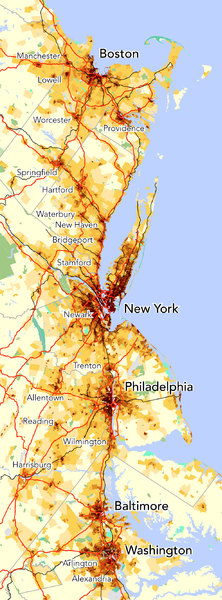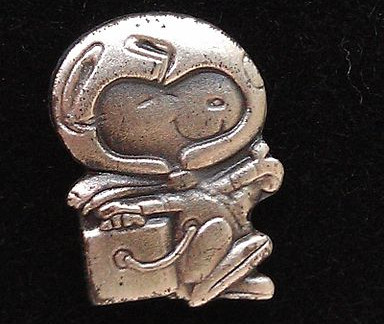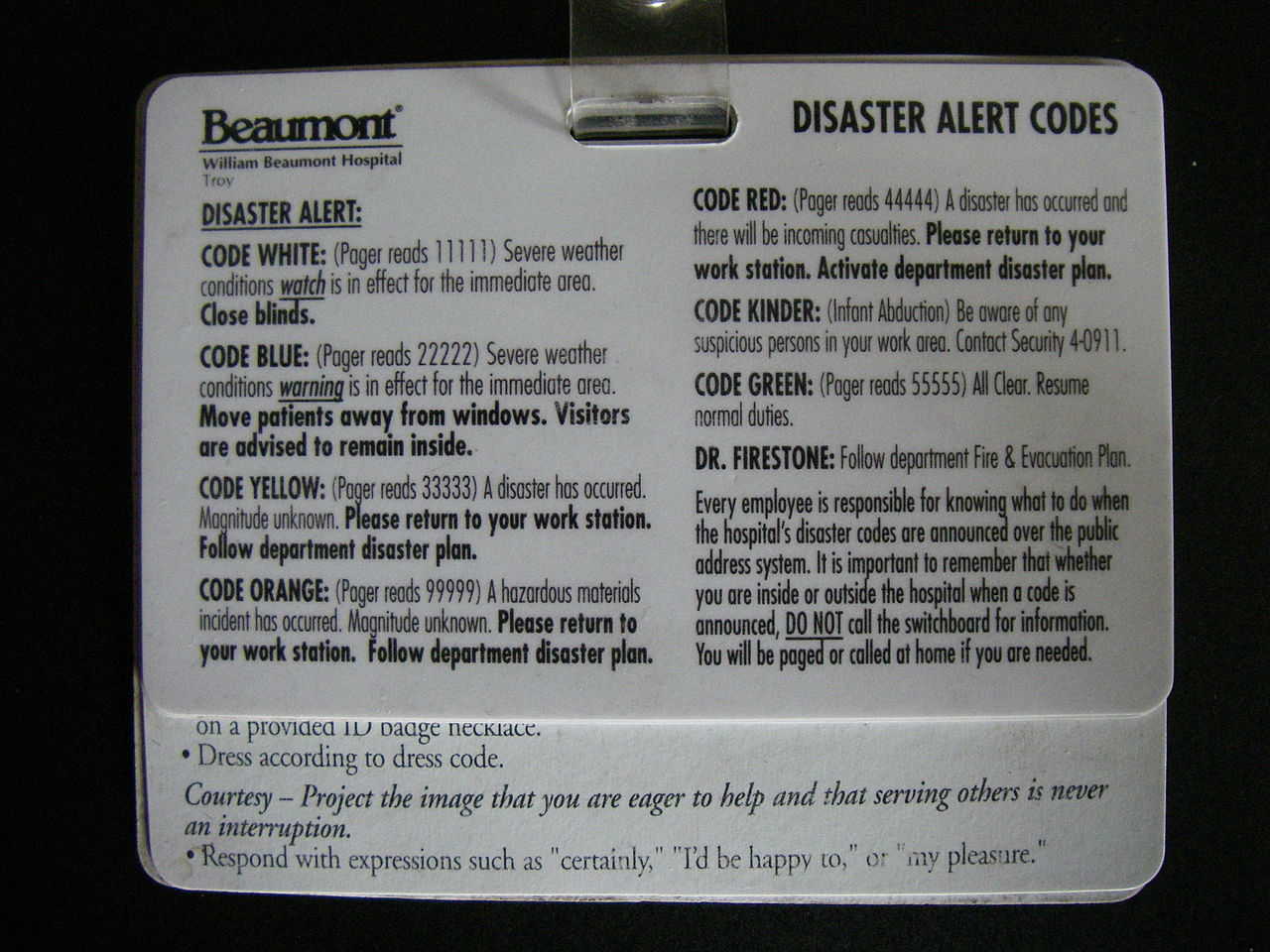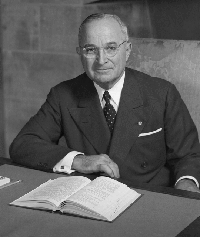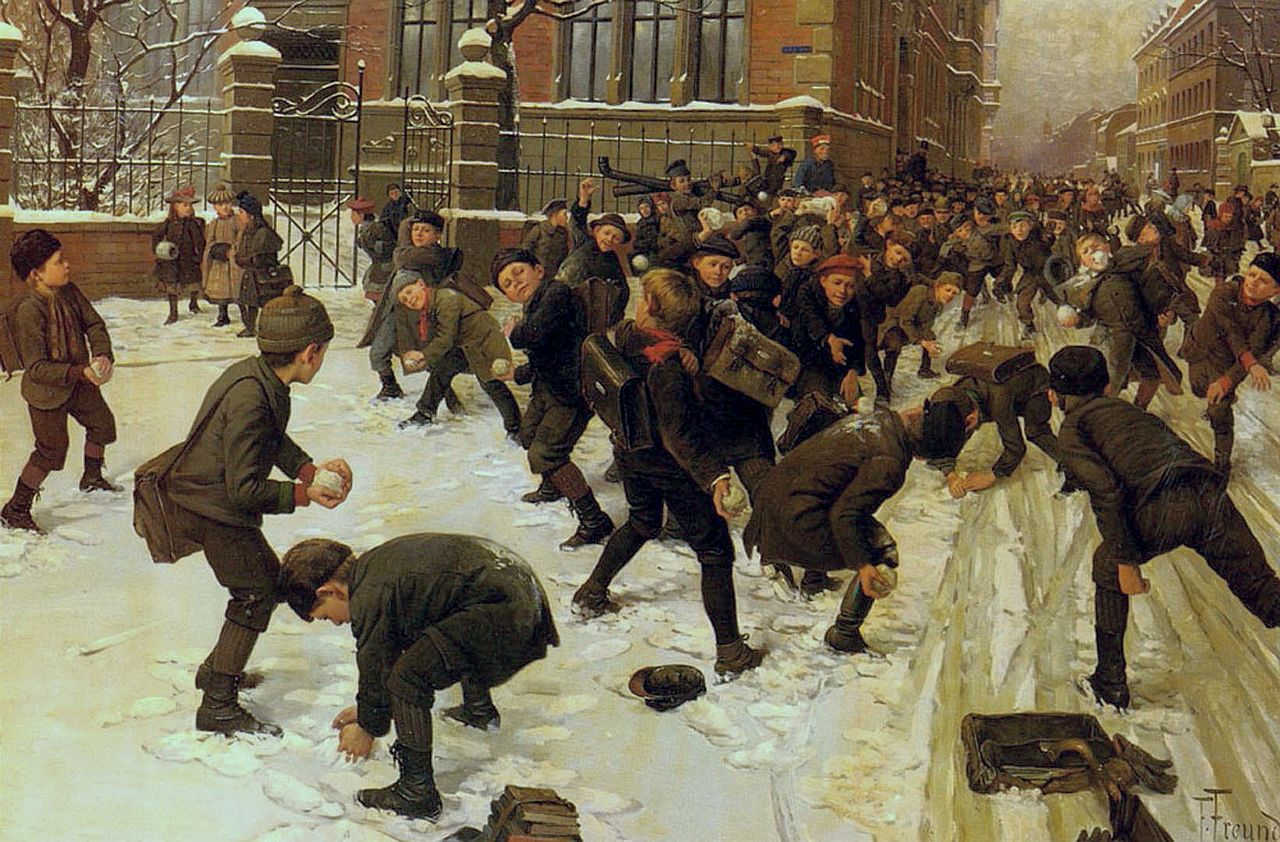SPRING SUMMER AUTUMN WINTER SUNDAY MONDAY TUESDAY WEDNESDAY THURSDAY FRIDAY SATURDAY JANUARY FEBRUARY MARCH APRIL MAY JUNE JULY AUGUST SEPTEMBER OCTOBER NOVEMBER DECEMBER ONE TWO THREE FOUR FIVE SIX SEVEN EIGHT NINE TEN ELEVEN TWELVE THIRTEEN FOURTEEN FIFTEEN SIXTEEN SEVENTEEN EIGHTEEN NINETEEN TWENTY TWENTY-ONE TWENTY-TWO TWENTY-THREE TWENTY-FOUR TWENTY-FIVE TWENTY-SIX TWENTY-SEVEN TWENTY-EIGHT TWENTY-NINE THIRTY THIRTY-ONE contains 365 letters.
(Dave Morice, “Kickshaws,” Word Ways 33:2 [May 2000], 133-145.)
03/06/2019 UPDATE: Reader Jean-Claude Georges finds that this works in French too if you label the categories (year, seasons, months, days, numbers):
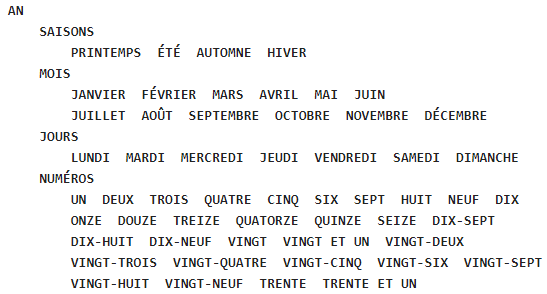
“And as in Dave Morice’s text, just add a ‘B’ (for bissextile = leap) after ‘AN’ to get 366 for leap years.” (Thanks, Jean-Claude.)

